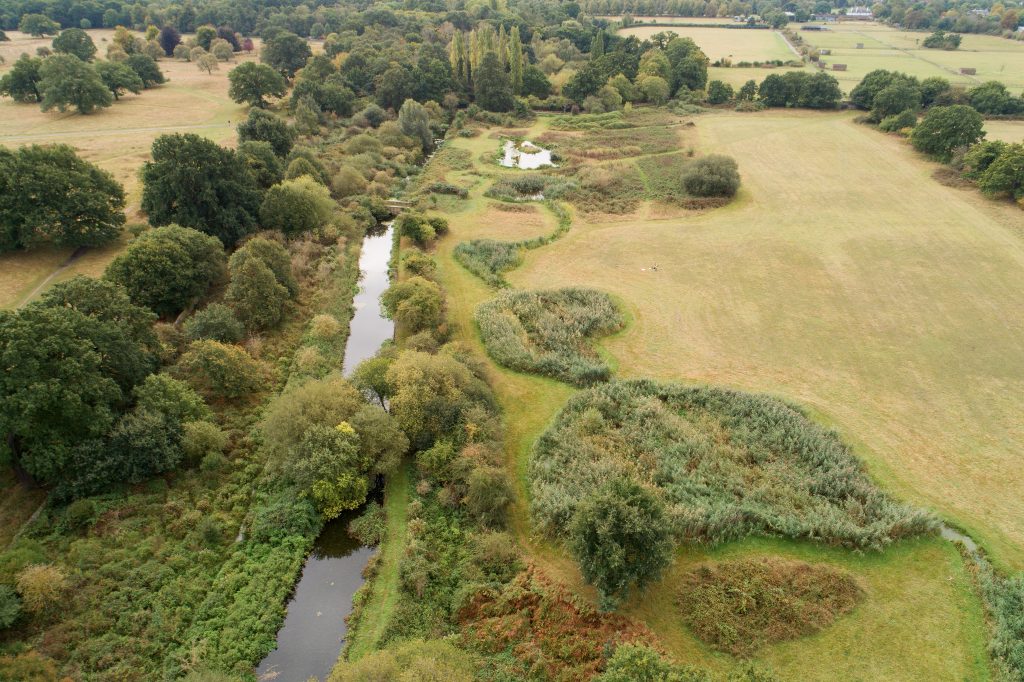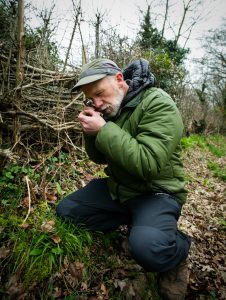Our surveys are designed to provide sufficient information to make informed decisions to ensure habitats and species are conserved whatever the project. We always provide informed advice based on data gathered and aim to achieve 'win win' solutions for all our clients.
Phase One Habitat surveys
Phase One surveys provide a rapid method for the broad classification of habitat types and preliminary assessment of the nature conservation value of sites. Habitats are mapped and supported by target notes which provide additional information about particular features of importance. These surveys often include a protected species risk assessment, particularly when the survey is undertaken to inform a development. These 'Extended' Phase One surveys will assess whether a site has the potential to support legally protected species (such as bats, great crested newts, watervoles, badgers and breeding birds). A survey at phase one level is the recommended minimum requirement for proposed developments where there is semi-natural habitat on, or adjacent, to the site. Such surveys are also termed Preliminary Ecological Appraisals. We also provide training for ecologists in the Phase One Habitat survey technique.

UK Habitat Classification (UKHab) Surveys
The UK Habitat Classification is set to replace the Phase One Habitat Survey method as the standard survey method used as part of Preliminary Ecological Appraisals. Salix Ecology was on the implementation panel for this new survey technique and are one of the few consultancies to have delivered large scale UKHab surveys.
We also offer training in the UKHab method for experienced surveys as well as for beginners: UKHab training
NVC (or Phase 2) surveys
NVC Surveys are more detailed and aim to classify vegetation communities taking the cover & frequency of plant species into account. These surveys are most useful in assessing the importance of habitats and determining priorities for protection and enhancement. Our vegetation and habitat surveys are thorough, detailed and based on excellent identification skills. All noteworthy features are recorded using a mobile mapping device and mapped using the latest Geographic Information System (GIS) software.
Monitoring
Whereas Phase One and NVC surveys are very useful for characterising and describing the vegetation at a site, they can only be a snapshot in time.We can also design bespoke monitoring protocols to show how vegetation changes over time, perhaps in response to changing management. Monitoring will normally involve the establishment of a baseline by collecting samples of vegetation within a quadrat followed by annual visits to pick up any differences in species composition or abundance.
Protected Species
Where there is a risk of protected or priority species being present on a site, we can arrange specialist surveys for a variety of species groups in partnership with one of our associates. Species covered include:
- All species of bat
- Reptiles
- Watervoles
- Badgers
- Birds
- Dormice


